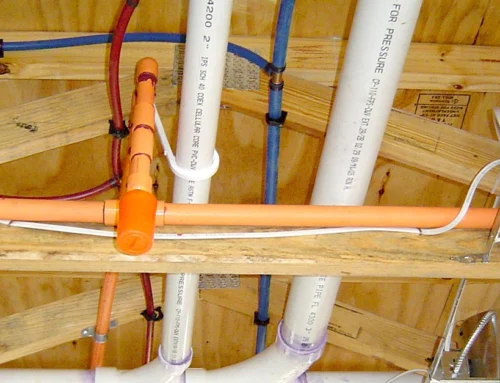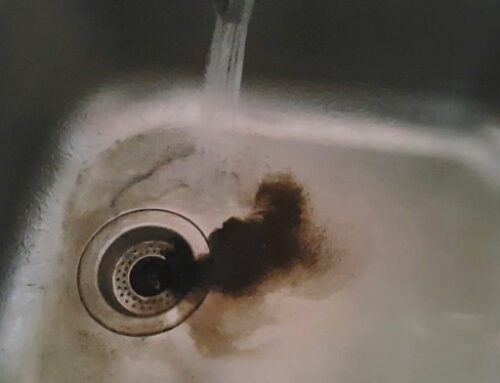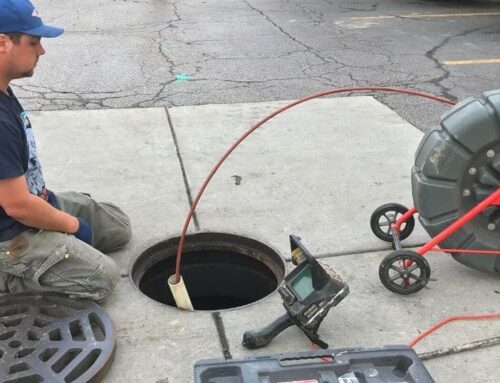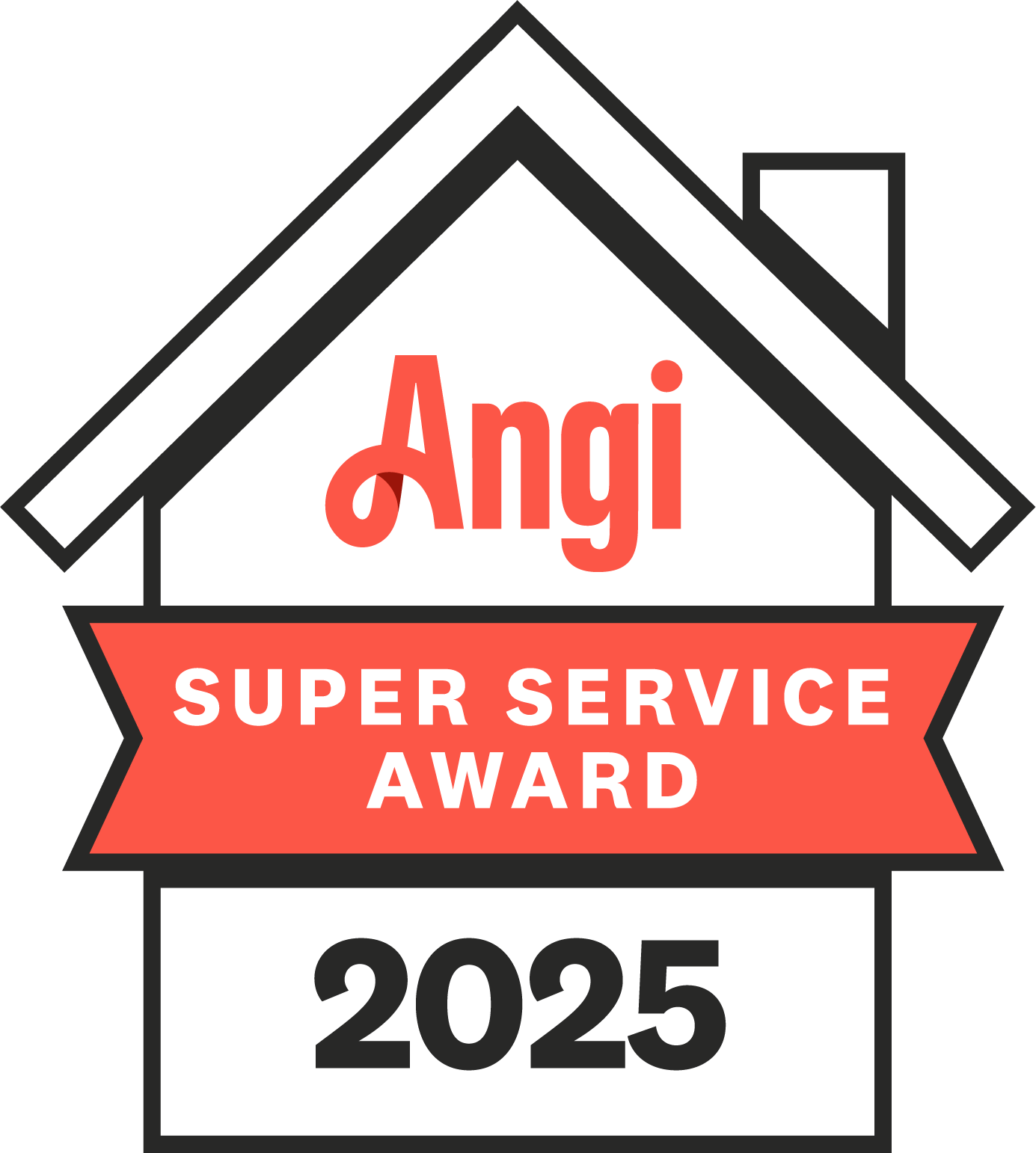Buying a home is one of the biggest investments most people make, but hidden problems can turn that dream into a nightmare. One of the most overlooked issues is the condition of the sewer line. While buyers often pay for home inspections, these usually don’t cover the sewer system buried underground. A sewer inspection, often done with a professional sewer camera, gives a clear picture of the pipe’s health and can save thousands of dollars in unexpected repairs. Our favorite method is using a camera inspection, since it allows you to see exactly what’s happening inside the pipes before signing any papers. If you want peace of mind, avoid costly surprises, and feel confident about your purchase, learning why a sewer inspection is important will help you make a smarter decision.
Why Sewer Inspections Matter Before Purchasing a Home
When you walk through a house, you look at the paint, the layout, and the roof. But what you can’t see is often more important. The sewer line runs from the house to the main city connection and is responsible for carrying all wastewater away. If this pipe is cracked, clogged, or collapsed, you could face backups, sewage leaks, or major repairs shortly after moving in.
Most standard home inspections don’t include a deep check of the sewer system. That’s why many homeowners discover problems only after they’ve already moved in. A sewer inspection ensures you know what you’re buying and whether hidden damage could lead to expensive repairs later.
What a Sewer Camera Inspection Involves
The most effective way to check a sewer line is with a camera inspection. A flexible, waterproof camera is pushed through the pipe to record real-time video of the inside. This method is simple but powerful. It can reveal cracks, root intrusions, buildup, corrosion, or even collapsed sections of pipe.
Unlike guessing from symptoms alone, a camera inspection gives a visual record of the pipe’s condition. Buyers and sellers both benefit, since it provides clear proof of what’s inside the sewer line. If the system looks good, you can move forward with confidence. If problems exist, you can negotiate repairs or reconsider your purchase.
Signs of Hidden Sewer Problems
Even if the house looks perfect on the surface, there are warning signs that the sewer line might be in trouble. Common indicators include:
- Frequent drain clogs in sinks, tubs, or toilets
- Slow-draining water in multiple fixtures
- Sewage odors inside or outside the home
- Gurgling sounds when using plumbing
- Wet or soggy patches in the yard that don’t dry out
While these signs can point to smaller plumbing issues, they often signal bigger problems deep in the sewer line. A camera inspection removes the guesswork by confirming what’s actually causing the symptoms.
Cost of Sewer Line Repairs vs. Inspection
One of the biggest reasons to schedule a sewer inspection before buying a house is the difference in cost. A sewer camera inspection is relatively affordable, often a few hundred dollars. On the other hand, replacing or repairing a damaged sewer line can run into thousands or even tens of thousands of dollars, depending on the extent of the damage.
Without an inspection, you could unknowingly buy a home that needs immediate sewer work. That’s like inheriting a huge bill right after making the biggest purchase of your life. Spending a small amount upfront for an inspection can prevent massive financial stress later.
How Tree Roots Affect Sewer Lines
One of the most common problems revealed in sewer inspections is tree root intrusion. Roots naturally seek out moisture, and older pipes with small cracks or joints are easy targets. Once roots enter the line, they continue to grow, creating clogs and damaging the pipe further.
During a camera inspection, tree roots are easy to spot. If caught early, the line can often be cleaned and treated to prevent regrowth. If left unchecked, however, roots can cause severe blockages or pipe collapse, leading to costly repairs.
The Role of Pipe Age and Material
The age of the home and the type of pipe material used can affect the likelihood of sewer issues. Older homes often have clay or cast-iron sewer lines, which are more prone to cracking, corrosion, or root intrusion. Even newer homes aren’t immune, especially if the installation was rushed or soil conditions are unstable.
A sewer inspection gives buyers a clear picture of the type of material, its current state, and whether it is likely to need replacement soon. This information is invaluable for making an informed purchase.
Negotiating Power After a Sewer Inspection
One of the biggest benefits of inspecting the sewer line before buying a house is the negotiating leverage it gives you. If the inspection shows that the system is in good shape, you can feel more confident about your investment. If problems are found, you have the option to:
- Ask the seller to repair or replace the sewer line before closing
- Negotiate a lower sale price to cover the cost of future repairs
- Walk away from the purchase if the problems are too severe
Without the inspection, you’d have no proof to negotiate with, leaving you stuck with any repairs after moving in.
Sewer Inspections vs. Home Inspections
Many first-time buyers assume the standard home inspection will catch everything. In reality, home inspections typically check only visible plumbing inside the house. The underground sewer line is rarely included.
That’s why a separate sewer inspection is so valuable. It fills in the gap left by a home inspection, covering one of the most expensive parts of the property. Together, both inspections give a full picture of the home’s condition and reduce the chances of costly surprises.
When You Should Always Get a Sewer Inspection
While every buyer should consider a sewer inspection, there are certain situations where it’s almost a must:
- The home is more than 20 years old
- There are large trees in the yard or near the sewer line
- The property has a history of plumbing problems
- The neighborhood is known for its older infrastructure
- You notice warning signs like slow drains or sewage odors
In these cases, skipping a sewer inspection is a gamble that could cost you later.
Peace of Mind for Homebuyers
Buying a house is already stressful, and the last thing you want is an unexpected sewer emergency right after moving in. A sewer inspection provides peace of mind. You’ll know whether the pipes are clear, stable, and ready to handle daily use. If repairs are needed, you’ll know upfront and can plan accordingly.
This confidence allows you to focus on the excitement of your new home instead of worrying about hidden problems.
Conclusion: Why Sewer Inspections Are Worth It
Getting a sewer inspection before buying a house isn’t just an optional step. It’s one of the smartest moves a homebuyer can make. Camera inspections reveal problems you can’t see, save you from surprise costs, and give you negotiating power. They’re affordable compared to the price of repairs and can provide long-term peace of mind.
If you’re serious about protecting your investment, scheduling a sewer inspection should be just as important as checking the roof or foundation. A clear picture of the sewer system means fewer risks, stronger confidence, and a smoother path to homeownership.
FAQs











